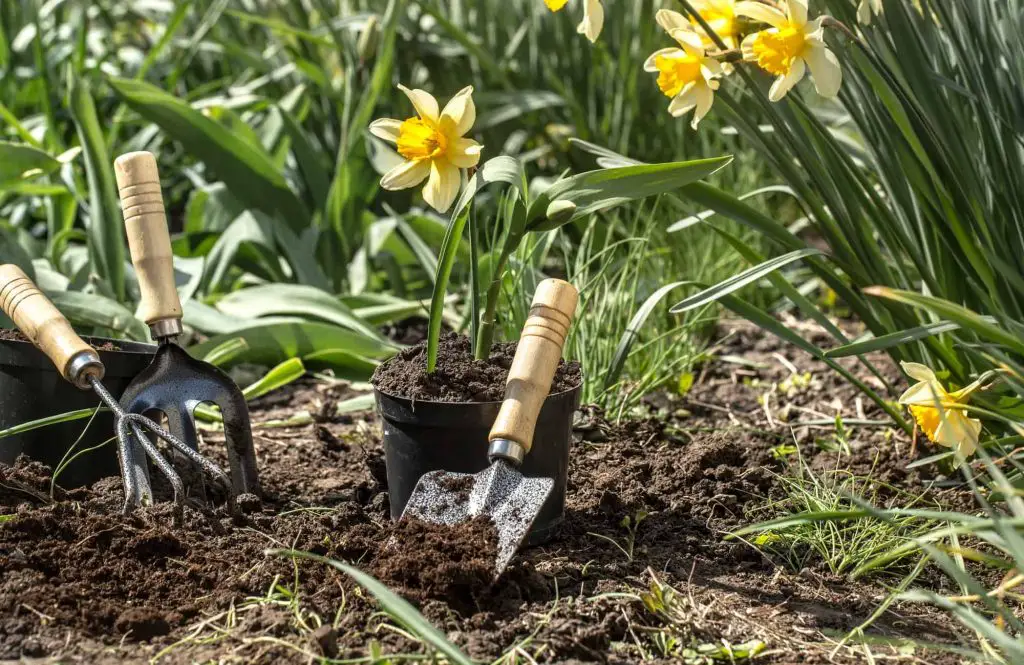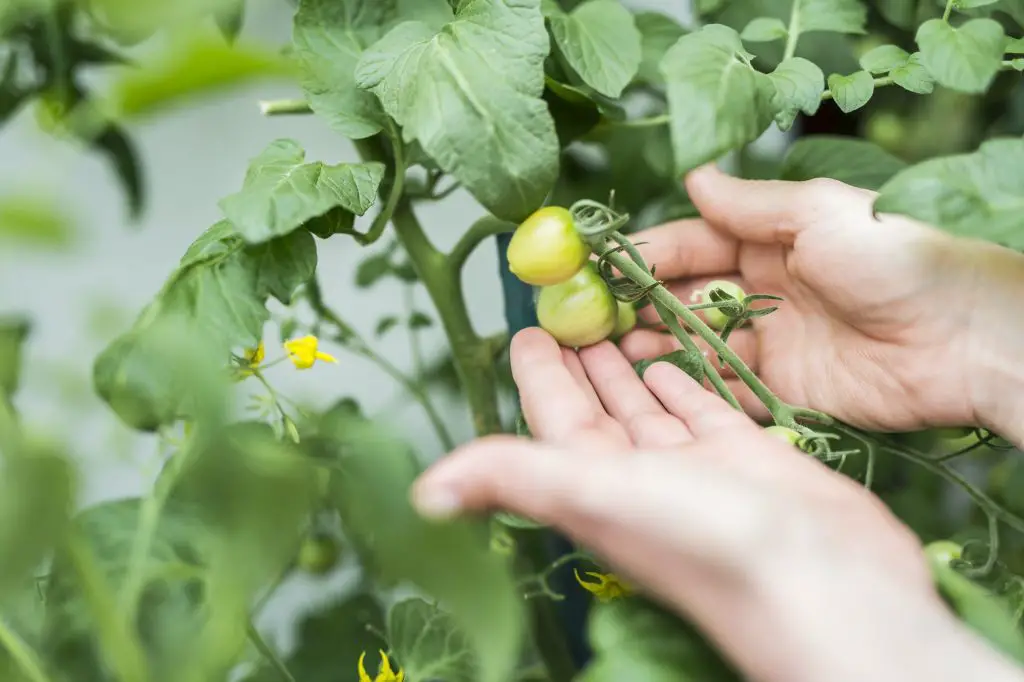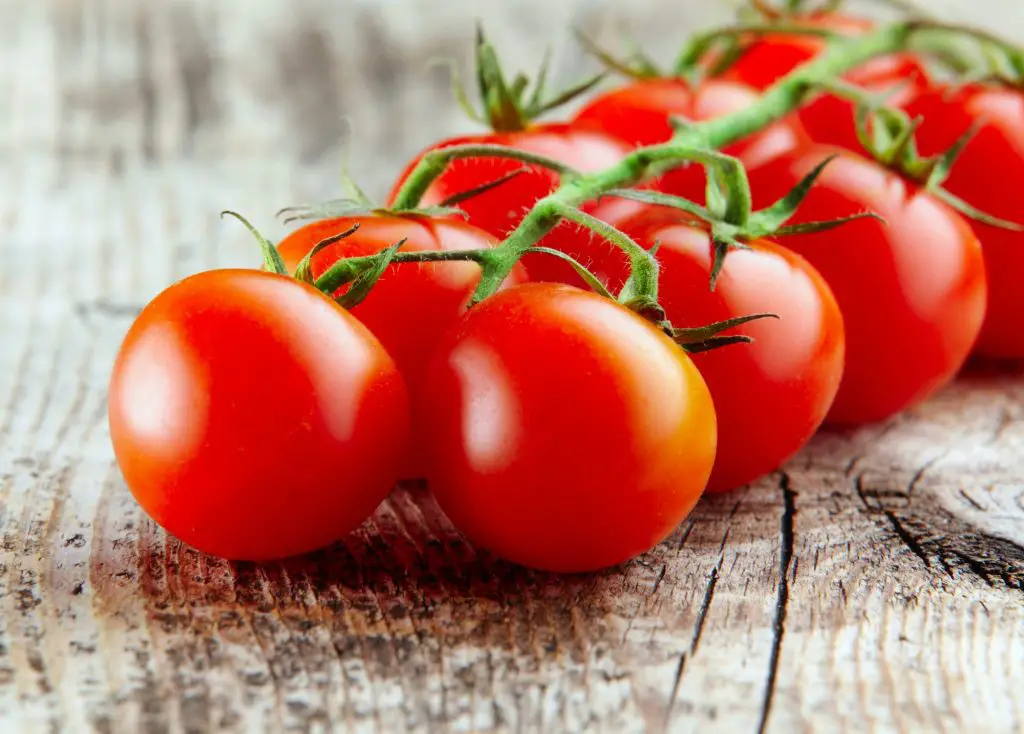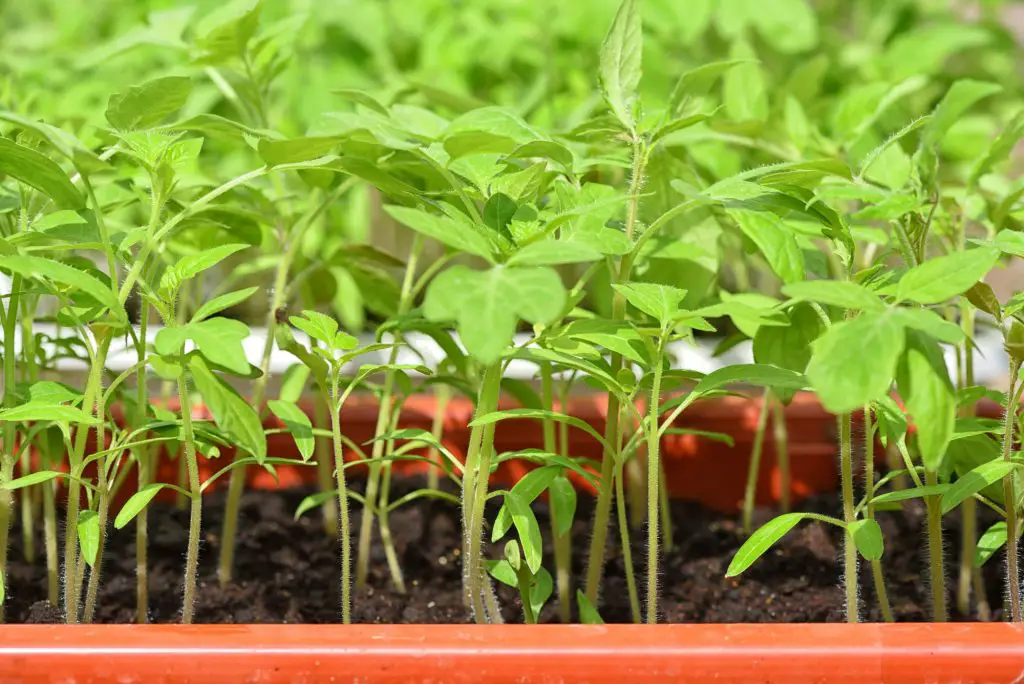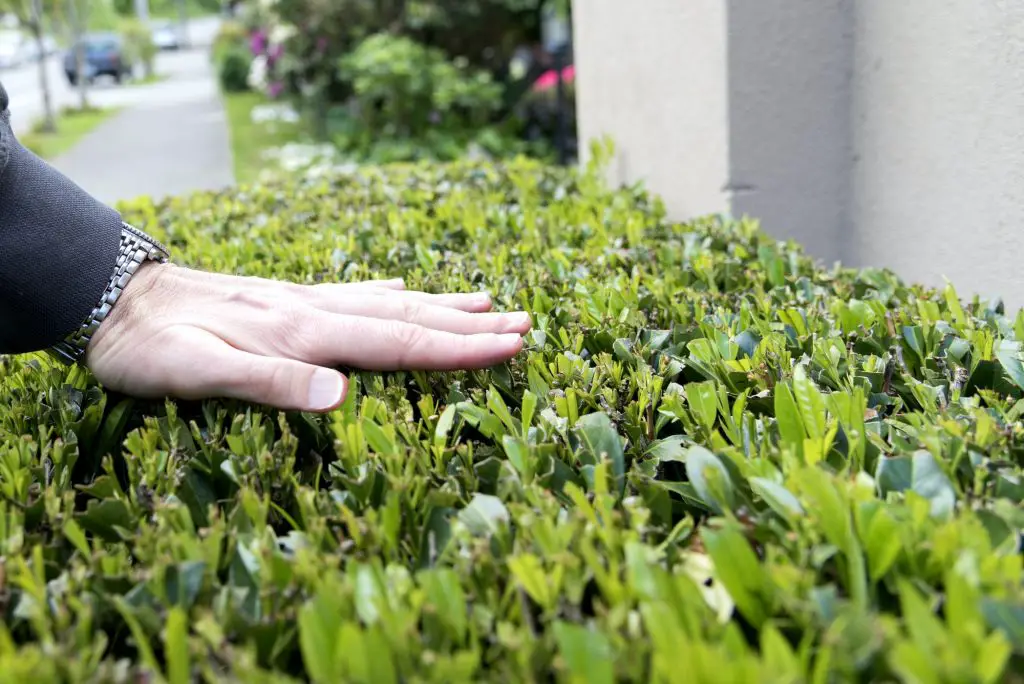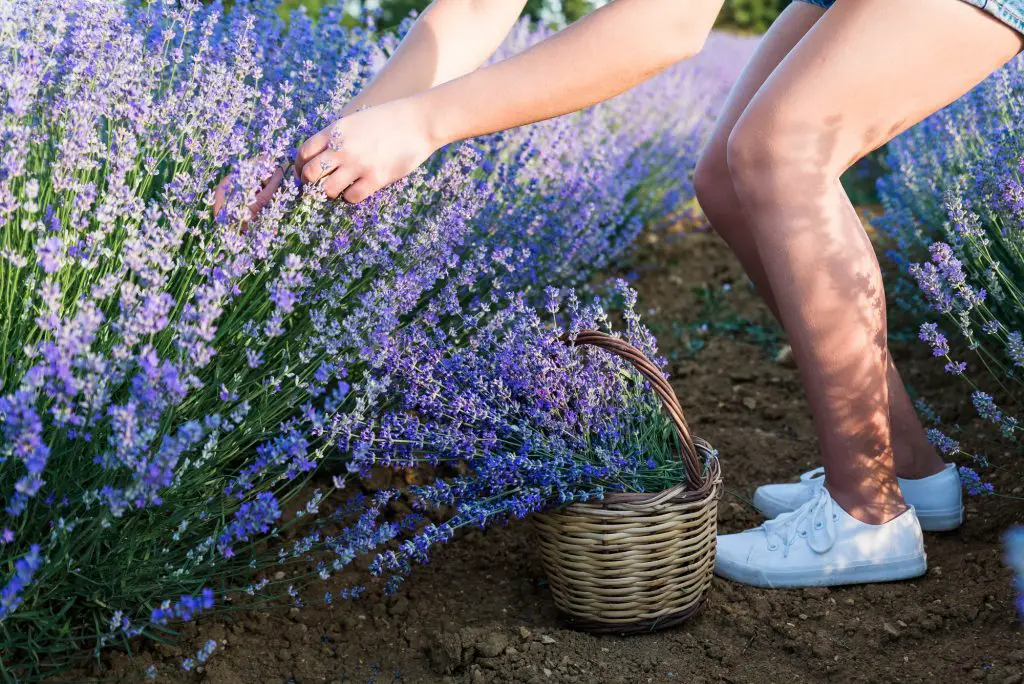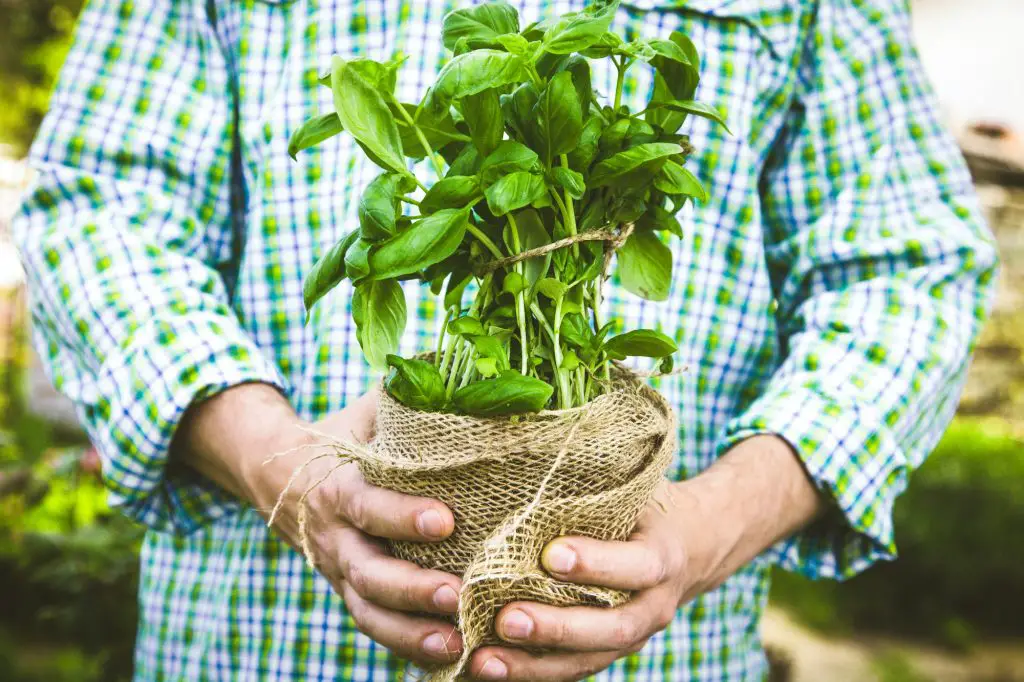When it comes to growing flowers and herbs in winter, selecting suitable and vigorous plants becomes crucial.
If you don’t grow the right flowers and herbs, your winter garden will look unfruitful and ugly. Planning ahead what to grow and what not to grow is decisive for your success with winter gardening.
Thankfully, there are dozens of flowers and herbs (both annuals and perennials) that actually flourish in the coldest months of the year.
Before toting up these flowers and herbs in your garden, don’t forget to test out your USDA hardiness zones.
Once you’re sure they will endure, you can start digging! Here’s a list of flowers and herbs that are perfectly suitable for setting up a winter garden.
Table of Contents
8 Flowers to plant in winter
There are dozens of flowers to grow during the winter season. However, the following are the most delicate flowers that you can add to your gardens.
1. Winter Jasmine (Jasminum nudiflorum) — Non-fragrant but eye-catching vine
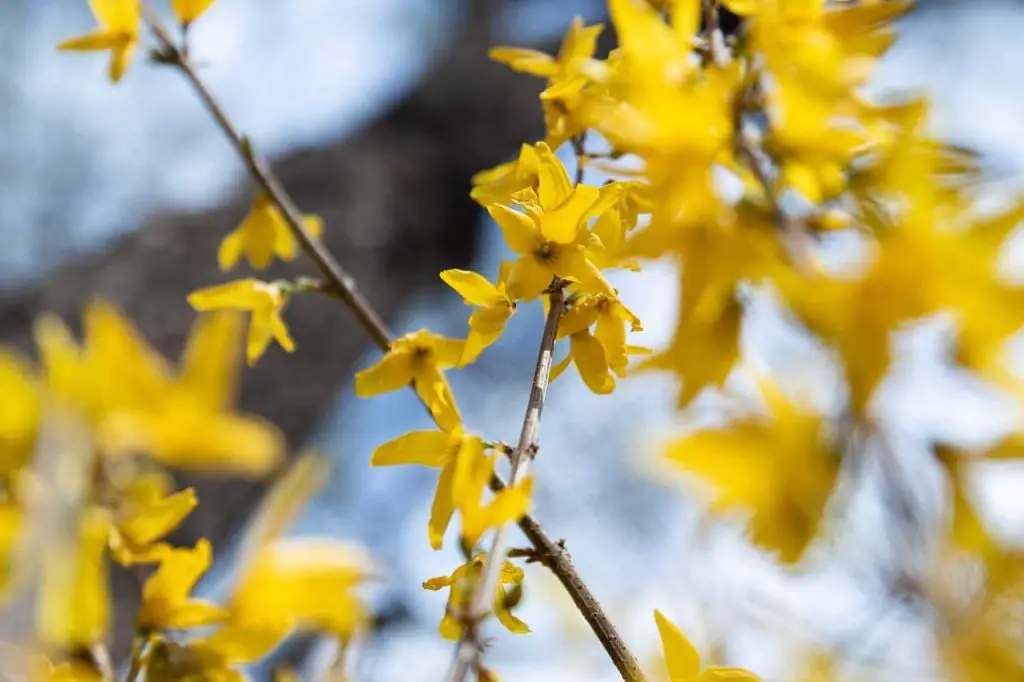
Technically, the flower is native to China, and its winter hardy to USDA zones 6 through 10.
Botanically, it’s a medium-sized flowering plant with long arching branches and falls into deciduous perennial type. The shrub blooms during the late winter and fabricates bright yellow flowers.
You can grow winter jasmine flowers in loamy, chalky, sandy, or clayey soil. Further, the shrub needs well-draining soil.
The flowers and leaves are non-toxic to humans, livestock, and pets. Although the shrub can grow in partial shade, grow the flower in the sunniest spot for healthier blooming and growth. Remember, the sunlight intensity is directly proportional to the blooming rate.
2. English Primrose (Primula vulgaris) —Beautiful and delicate winter flower
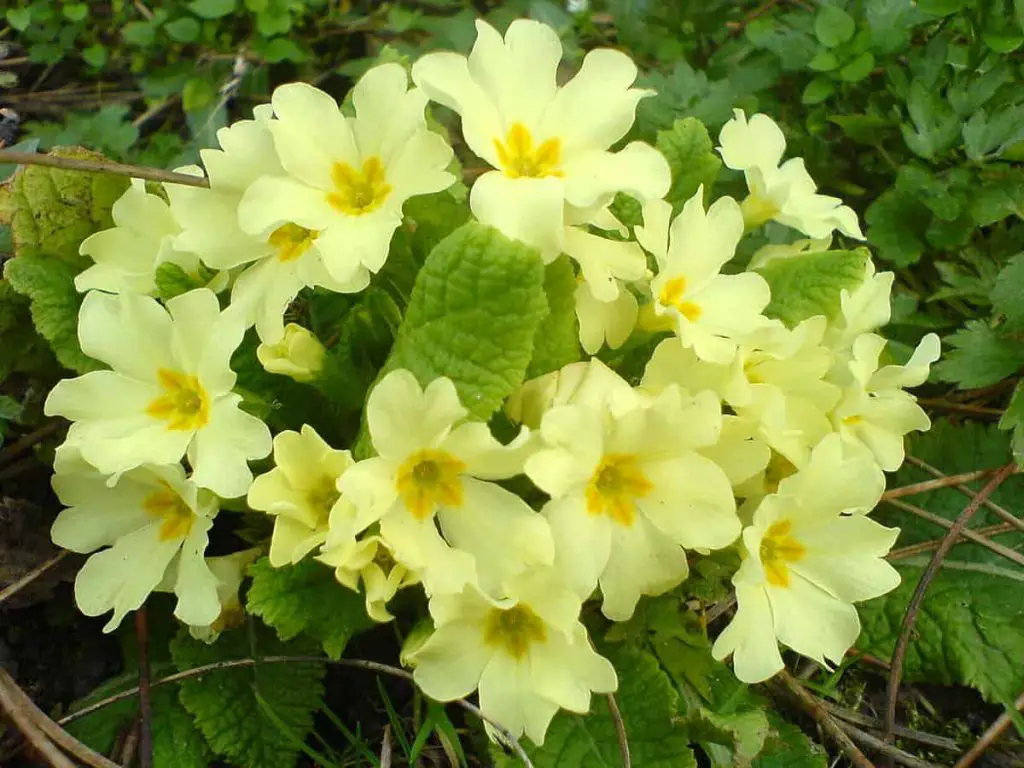
English primrose flowers are among the earliest perennials to bud in late winter to early spring.
Naturally, there are hundreds of existing varieties of Primrose; ensure to grow one that can endure winters in your USDA Hardiness Zones.
The flower is among easy-to-grow winter flowers and reaches up to heights of 4 to 6 inches. Once you allow the flower to grow, it usually becomes invasive due to self-seeding capability and turns garden ground into a carpet of spectacular yellow flowers.
Although the flower can endure full sun, it’s a part-shade lover. For optimal blooming, prepare a soil that is moderately fertile, humus-rich, and well-draining soil. Never skip keeping the soil moist by consistently applying fresh tap water.
3. Camellia (Camellia spp) — Evergreen perennial flowers
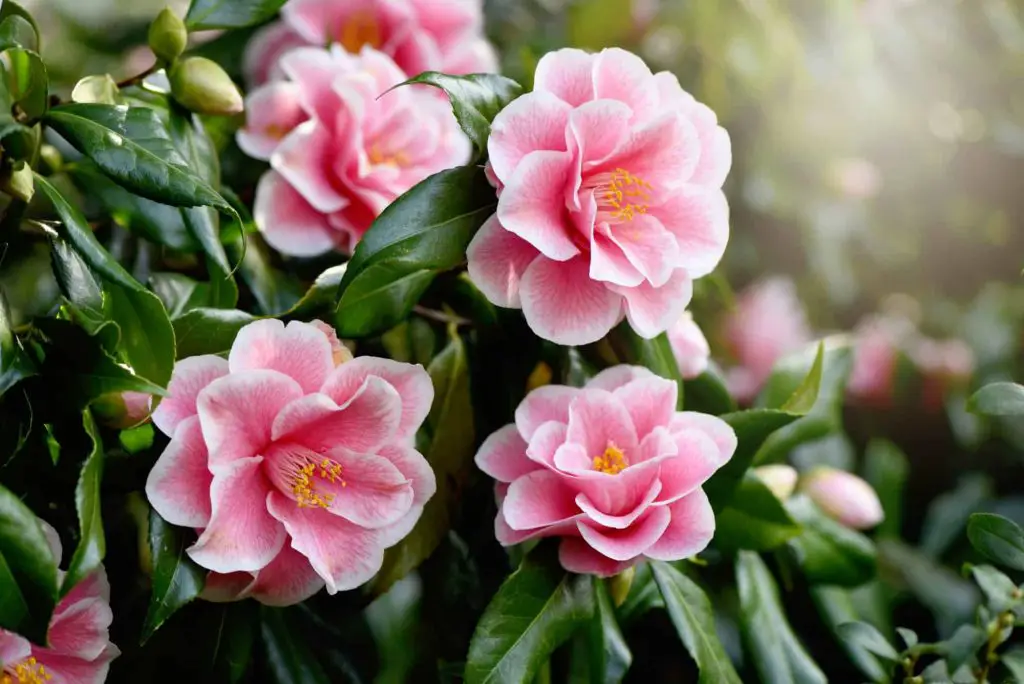
Camellias are evergreen perennial flowering shrubs that produce lush white, pink, or yellow flowers, depending on the variety.
The flowers usually bloom from fall through winter. Even though there are dozens of camellia varieties, read the plant label or seed description to ensure you opt for one that will flourish in winter.
Remember, camellias are known for longevity and faithfulness and are luxuriant addition to your winter garden. You can use the flowers to lighten up your garden backgrounds, loose hedges, or shrub borders.
The flowers are better adapted to moist, rich, and well-draining soils. Stay away from dense clay or soggy soils and ensure the soil pH is within 6.0 to 6.5 as the flowers love and adore slightly acidic soil.
Next, avoid growing winter camellias in full sun as these flowers grow better in part shade.
As mentioned, keep the soil moist by regularly applying fresh water. To protect the flower roots from winter frost or summer heat, add a 3-inch mulch layer. The flowers of camellia are dependent on potassium-rich fertilizers.
You can add the fertilizers in July to boost flower and canopy production.
4. The glory of the snow (Chionodoxa siehei) —True to its name, the flower blooms in winter

Native to southwest Turkey, the flowers are easy-to-grow and easy-to-care-for plants.
They are best for container gardening, low maintenance, and used as cut flowers. The flowers are winter hardy and adapted to USDA Zones 3 through 8.
You can plant these striking and stunning flowers near the front of the border or in rock gardens.
Start growing these eye-catching flowers in the late summer to early fall. This process allows the bulbs to root well in the ground before the cold weather. Use soil that is well-draining and slightly moist with pH ranging from 6 to 7.
5. Snowdrops (Galanthus) —Darlings of winter garden and landscape
True to their name, snowdrops bloom from late winter to early spring.
Depending on the location and environmental conditions, they bloom in late January to early spring and produce flowers while snowstorm still blankets the earth.
The snowdrop flowers are easy-to-grow plants as they can withstand full sun to partial shade and a range of soil mixtures or types. Interestingly, the flowers are well-suited to design rock gardens, moon gardens, or woodland gardens. Moreover, you can grow them indoors (pot or containers) and outdoors.
Concerning soil conditions, use soil that is well-draining, jam-packed with humus and organic matter. And one more thing, snowdrops are pests and disease-free. However, they are poisonous plants for pets (dogs and cats) and humans.
6. Cyclamen (Cyclamen persicum) — Princess of winter garden
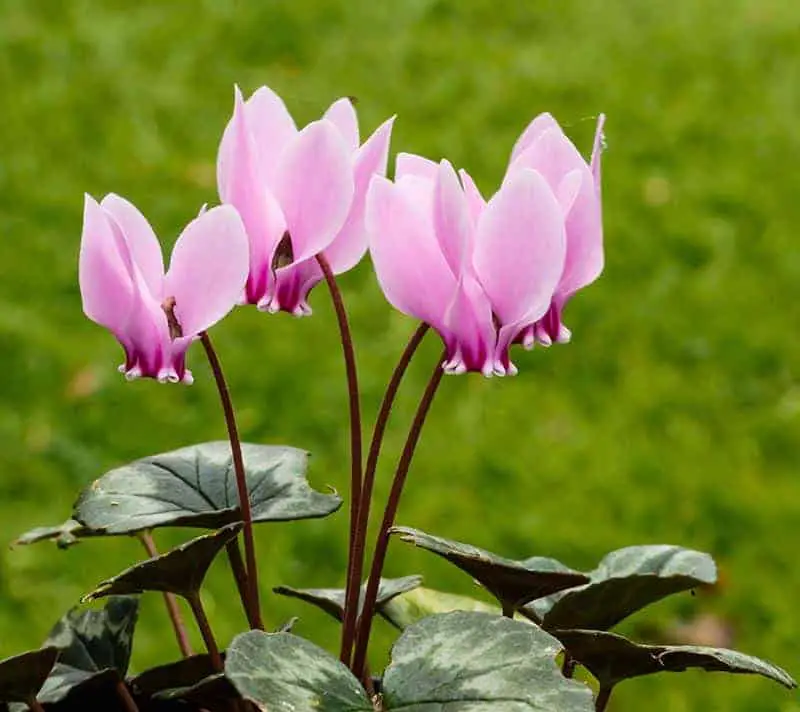
The cyclamen is a tuberous perennial flowering plant native to Iran and Europe that produces small sweet-scented flowers (0.5 to 0.2 inches) during the late winter to early spring.
Generally, the flower is grown as an indoor houseplant to increase the beauty of indoor gardens, but some outdoor garden enthusiasts grow the cyclamen in outdoor gardens.
The flower is better adapted to well-draining, moist, and loam soils with low acidic levels. You can grow this amazing although toxic flowering plant in USDA zones 9 through 11.
And one more thing, make sure your garden offers partial sunlight conditions.
7. Winter Aconite (Eranthis hyemali) —The lesser-known winter flower
If you are interested in growing winter aconite in your garden, then start the digging process in late fall to early winter. The species is an early spring bloomer and best suited to enlighten garden beds, borders, walkways, or alongside paths in your garden.
To grow winter aconites in your garden, select a spot that receives full sun or partial shade. According to experts, 04 to 06 hours of daylight is crucial for better growth and development.
Concerning soil conditions, use well-draining soil with a pH range of 6 to 8. Winter aconite is a perennial flowering plant that is well-adapted to USDA hardiness zones 3 through 7.
Last but not least, add a layer of compost or manure to protect the baby roots from unfavorable climatic conditions.
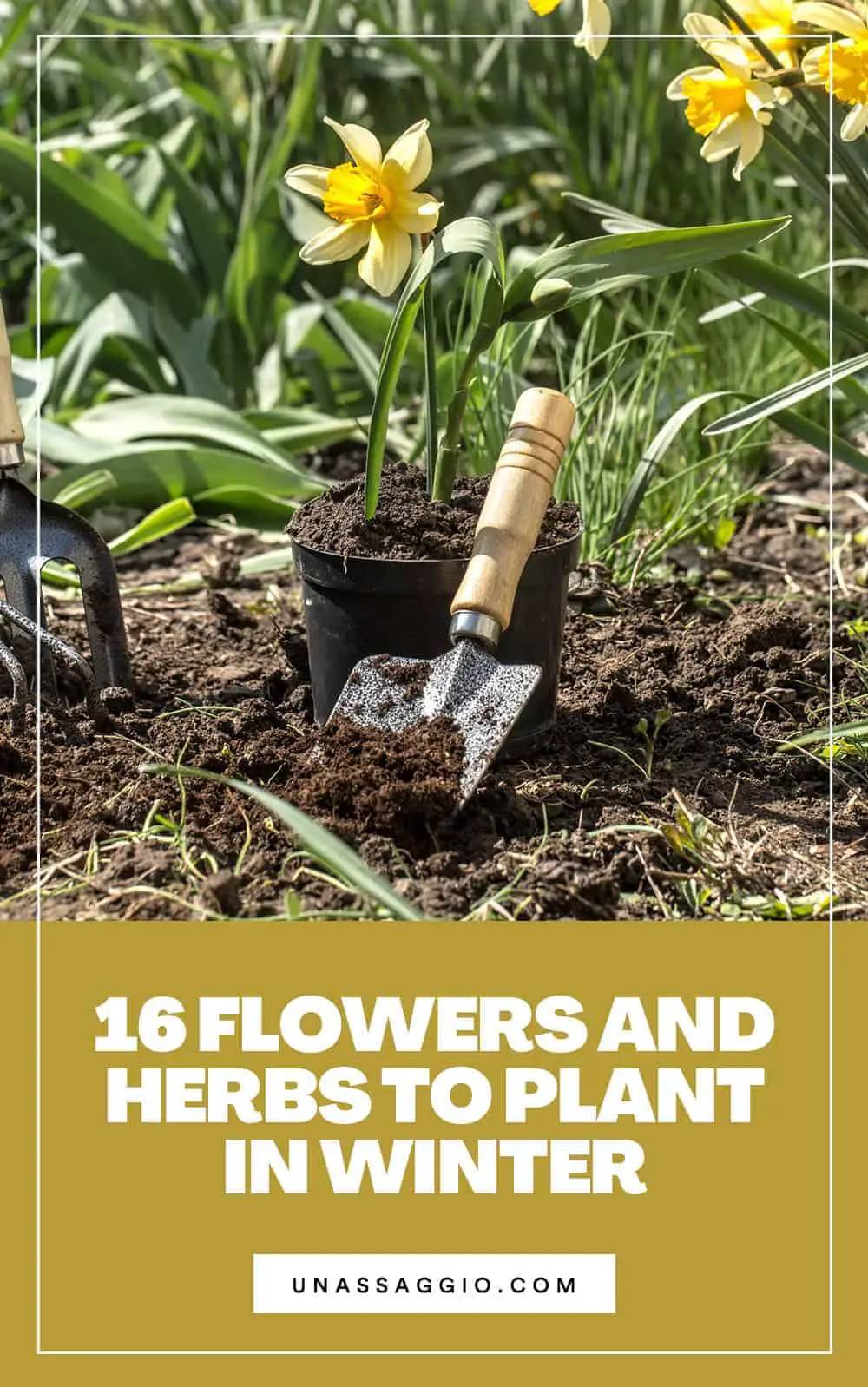
8. Hellebores (Helleborus x hybridus) — Human optimized hybrid flowering plant
The hellebores are perennial flowering plants that belong to the buttercup family.
The flower is an evergreen perennial and native to southern Europe. You can grow hellebores as soon as late fall (October to November) in rich, moist, and well-draining soil.
Choose a spot in your garden that receives part shade and soil pH from 6.5 to 8. Lastly, the flower is well-suited to USDA hardiness zones 4 through 9.
- BEAUTIFUL - 10 Full color seed packets of popular flowers including Purple Coneflower, Snapdragon, Zinnia, Cosmos, Cape Daisies, Asters, Lupine, Black-eyed Susan, Shasta Daisy and Blanket Flower. Enjoy outside in the garden and indoor as cut flowers.
- EASY TO GROW -- Instructions included on each packet with additional growing tips in the “How To” section of our website. Plus we are available to answer your questions as well. If these seeds don’t germinate, we will happily make it “Right” for you.
- SAFE SEED -Sow Right Seeds has taken the Safe Seed Pledge and sells only Non-GMO heirloom seeds that are safe for you and your family.
Prices pulled from the Amazon Product Advertising API on:
Product prices and availability are accurate as of the date/time indicated and are subject to change. Any price and availability information displayed on [relevant Amazon Site(s), as applicable] at the time of purchase will apply to the purchase of this product.
8 Herbs to plant in winter
For most growers, the winter season can be a bit too much. It brings bone-chillingly cold weather and days with fewer hours of daylight. But that doesn’t mean you can’t grow herbs in your gardens during the winter season.
Here is a list of some herbs that perform best in the cold weather season.
1. Rosemary (Rosmarinus officinalis) — Dew of the sea
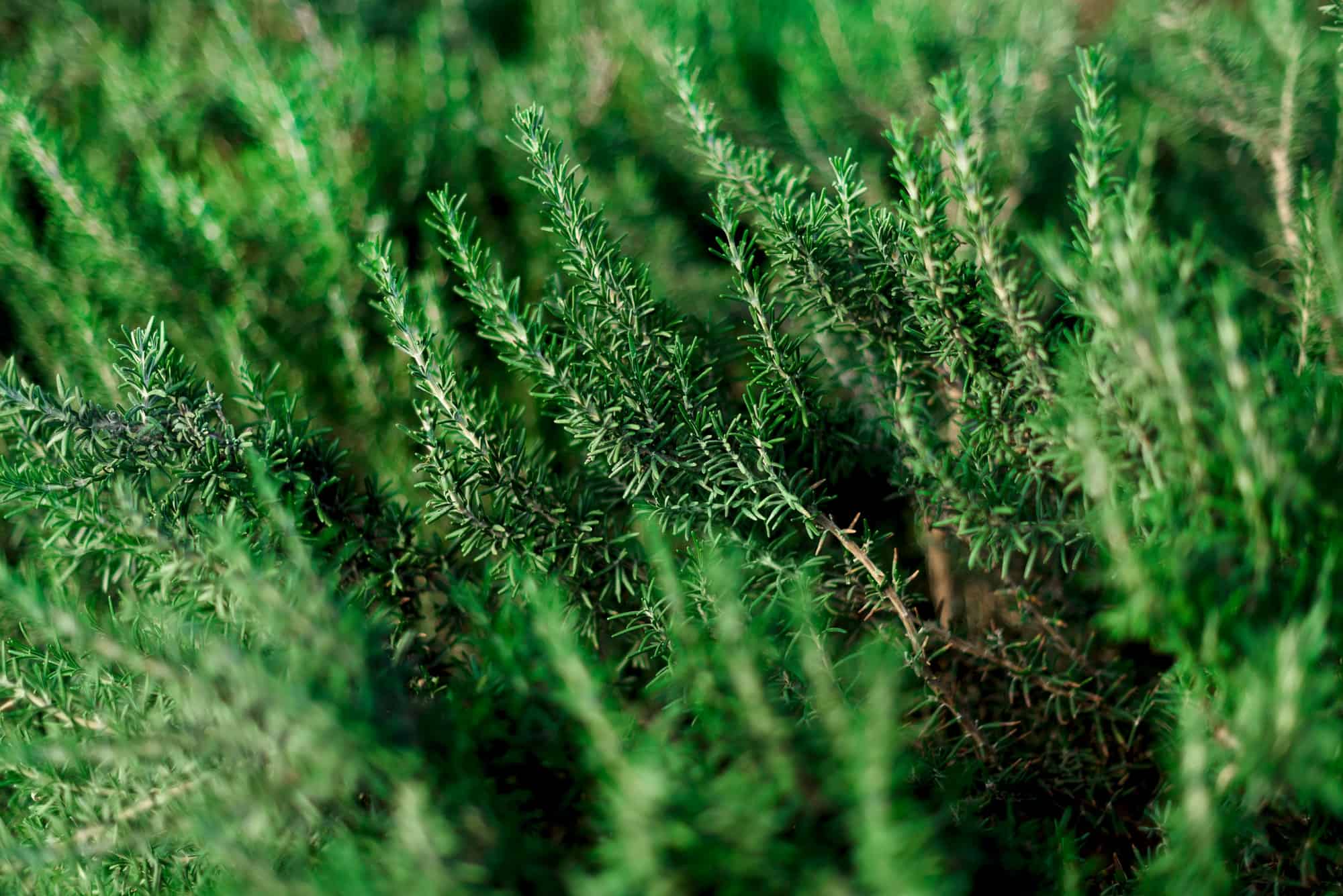
Native to the Mediterranean region, rosemary can be grown as a hardy perennial in the winter season (October to November).
Ensure to select the sunniest spot in your outdoor garden and south or west-facing garden in case of outdoor gardening. Six to eight hours of daylight supply is necessary for good growth and development.
About the soil, always grow rosemary in sandy and well-draining soil with a pH range of 5.0 to 8.0. Further, avoid over-watering; test the soil with your fingers or a toothpick for moisture content. If the top 3 to 4 inches of soil feels dry, add water.
In conclusion, keep the soil moist, not soggy. Soggy soils lead to fungal and bacterial development.
2. Parsley (Petroselinum crispum)—Biennial herb is grown as an annual cookery herb
Parsley is a biennial herb usually grown as an annual herb for kitchen use.
It is indigenous to Europe and best planted in late fall (October to November) or early spring (February to March). It usually grows rapidly and reaches the maturity stage in 60 to 90 days depending on the growing conditions.
In callous wintery climates, the herb will hide underground to keep itself safe from unfavorable climatic conditions.
The herb is well-suited to moist and well-draining soils with pH ranging from 6.0 to 7.0. Biologically, it’s non-toxic to humans and used in many Italian and non-Italian dishes. Ensure to grow the herb in a spot in your garden that receives full sun to part shade.
Lastly, it is better adapted to USDA Hardiness zones 2 through 11.
3. Mint (Mentha spp) — Flavorful medicinal, culinary herb
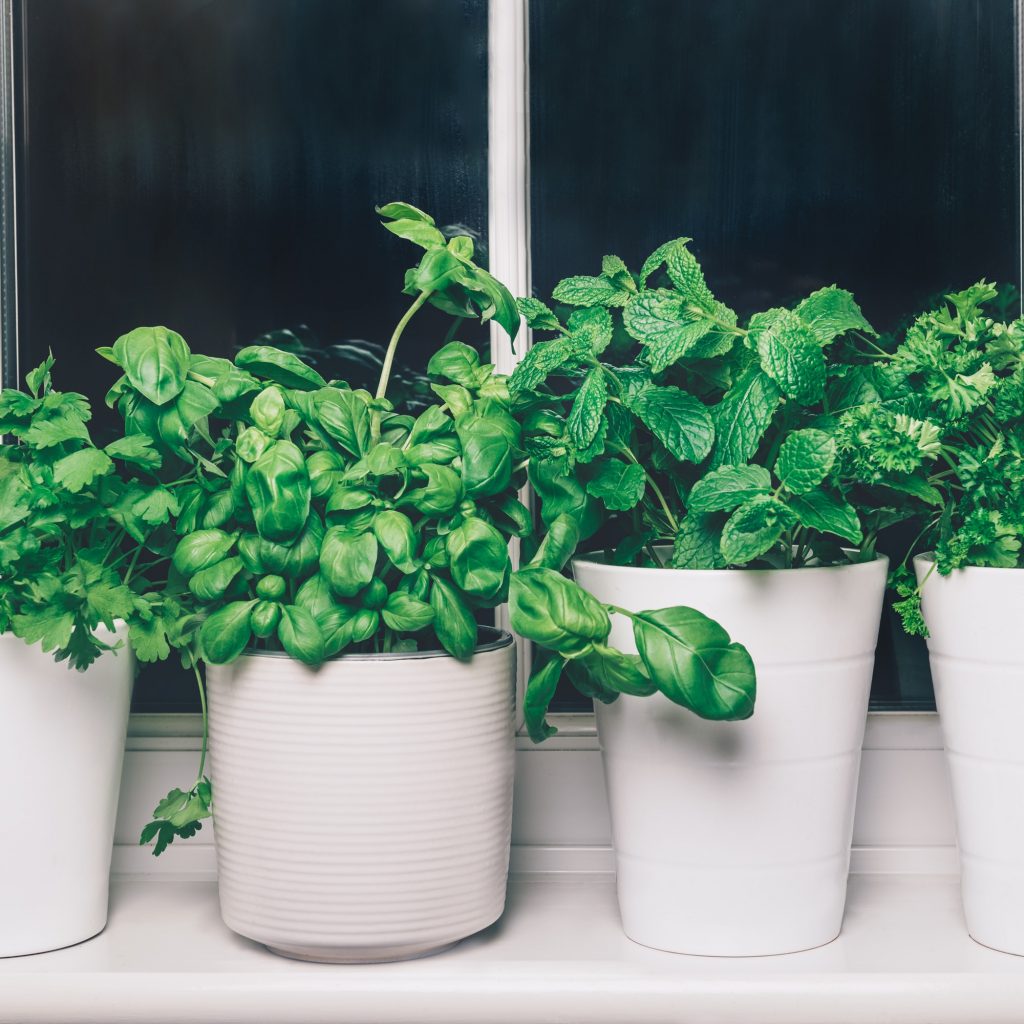
Mint species (common mint, peppermint, spearmint, or chocolate mint) are among the easiest, most trendy, and admired herbs to grow. They are winter hardy perennials and well-adapted to USDA hardiness zones 3 through 11. The herb is native to North America and southern Africa.
Concerning soil conditions, grow the herb in rich, moist, and well-draining soil with a pH ranging from 6.5 to 7.0. Make sure to grow the herb in full sun to part shade.
And one more thing, never leave the soil dry. Always keep it moist by consistently applying fresh tap water. Lastly, feed the mint herb with all-purpose liquid fertilizer to boost overall growth and development.
4. Winter savory (Satureja montana) — Winter grown herb with thyme like flavor
This one is pretty easy to follow. Winter savory is a herbaceous perennial herb winter hardy to USDA Zones 6 through 7.
More or less, the herb offers a thyme-like flavor, and it’s more pungent. Widely used as a kitchen companion to enhance the flavor of Italian and non-Italian dishes.
It is one easy-to-grow semi-evergreen herb. Once established, heed for winter savory is insignificant.
5. Basil (Ocimum basilicum) — A non-toxic flavorful winter grown herb
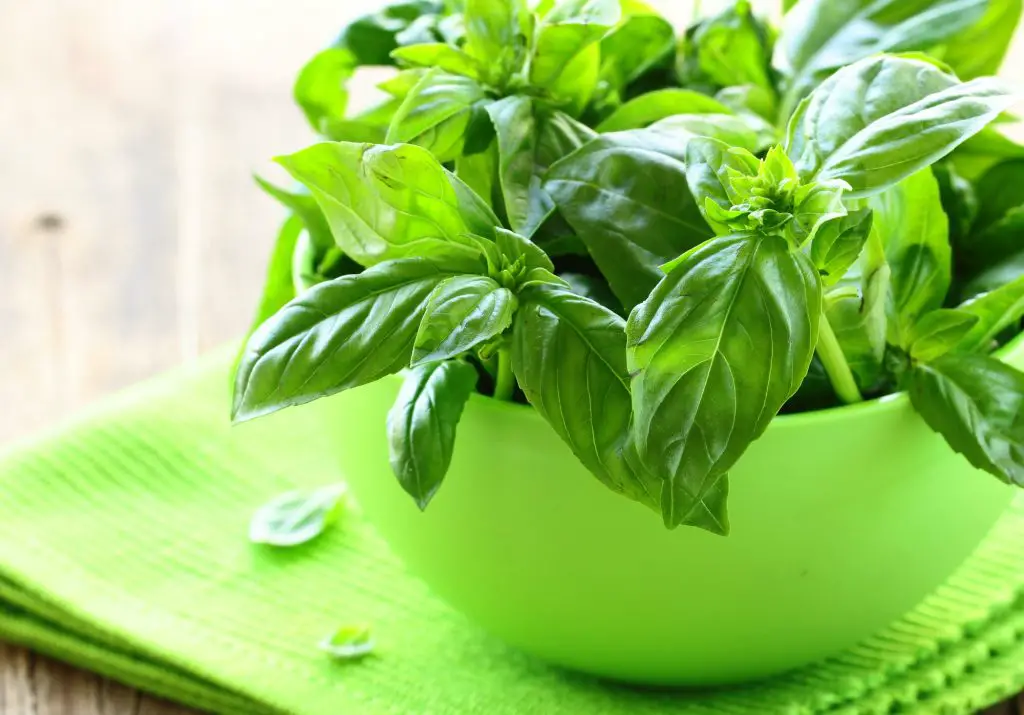
Believe me or not, a garden looks half-empty without the addition of basil herbs. They are the most trendy and popular herbs. Not only that, but they are easy-to-grow herbs.
The winter-grown basil is native to India, and it is used in many Italian and household dishes.
To grow basil in gardens, prepare a somewhat rich soil, well-draining with the pH ranging from 5.1 to 8.5. The herb is winter hardy to USDA Zones 10 through 11.
6. Chervil (Anthriscus cerefolium) — Underappreciated winter friendly herb
The common chervil is also known as French parsley or rich man’s parsley, and it’s native to Central Asia and Southern Europe. In native areas, you can see the herb growing like weeds on sidewalks or roadways.
Interestingly, ancient Romans and Greeks utilized the chervil herb for culinary and medicinal purposes. Biologically the herb has evolved to withstand wintery cold and frosty climates, and it can thrive and nurture in those shady and cool areas where other herbs fail to nurture.
As mentioned, the herb prefers cool climates to nurture, and it’s compatible with USDA Hardiness Zones 3 through 7. The herb loves and adores humus-rich loamy and well-draining soil. Ensure the soil pH is around 6.5 to 7.0. Otherwise, the herb will fail to nurture.
And one more thing, to protect the seeds and roots from frosty climates, cover them with compost and manure.
7. Cilantro (Coriandrum Sativa) — The Chinese parley
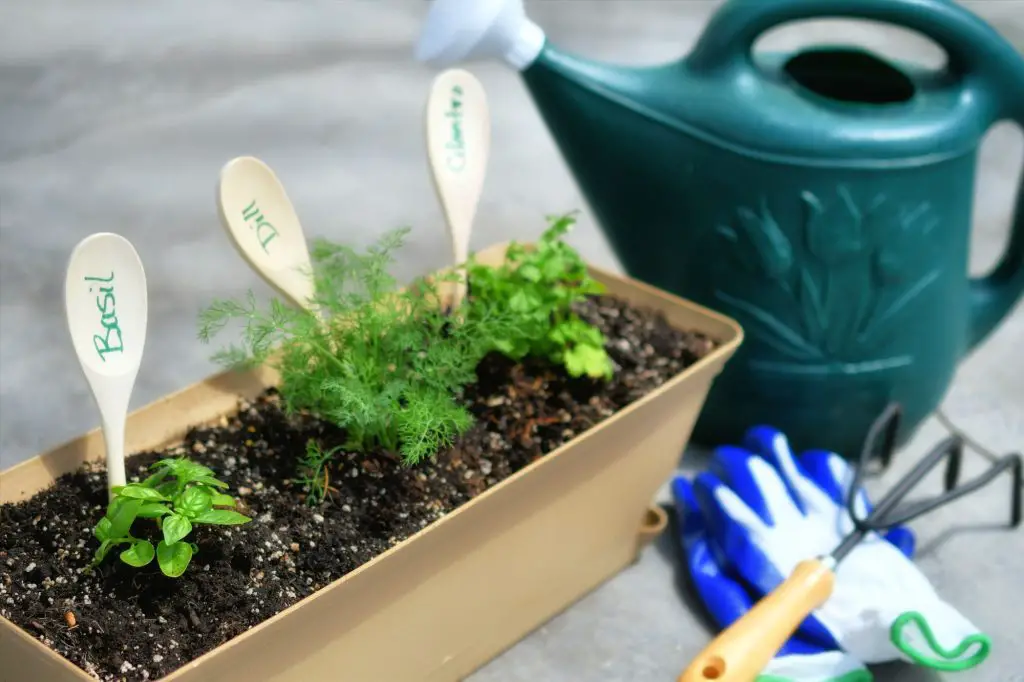
Believe it or not, cilantro is an easy-to-grow and easy-to-care herb widely used in Middle Eastern, Asian and Indian cuisines. The herb is best planted very early in the spring (early February to late March) and grows very swiftly during summer.
Surprisingly, you can harvest the leaves within the first 30 days after plantation. Concerning growing conditions, opt for a spot that receives full sun to part shade. Next, prepare soil that is soft, loamy, and well-draining.
The herb nurtures well in soils with pH ranging from 6.3 to 6.7. Take care not to grow in alkaline soil conditions because the herb will perform poorly.
In a nutshell, the herb is native to Asia, well-adapted to USDA hardiness zones 2 through 11, and it’s non-toxic to humans, pets, and livestock.
8. Chives (Allium schoenoprasum) — Herbaceous perennial herb falls into onion family
Chives are an easy-to-grow herb in winters, and it is widely used to prepare soup garnishes or finest salads.
It is native to Europe, Asia, and North America. The herb is considered toxic to cats and dogs.
Regarding soil conditions, grow the herb in sandy or loamy soil, which offers slightly acidic to neutral pH conditions. The herb is herbaceous perennial and compatible with USDA hardiness zones 3 through 9.
- Beginner-Friendly – Mark your herb planters with included labels so you know what will sprout next. Learn everything you need to know to grow and use a bountiful harvest with your digital grow guide.
- Sturdy Seeds – Keep your spare garden seeds safe and dry for next year’s planting in a resealable, waterproof mylar bag with individually packed seed packets. Your non-GMO, heirloom seeds are ready to supply your sowing for years to come.
- Great Gift for Gardeners
- 4500+ Seeds
Prices pulled from the Amazon Product Advertising API on:
Product prices and availability are accurate as of the date/time indicated and are subject to change. Any price and availability information displayed on [relevant Amazon Site(s), as applicable] at the time of purchase will apply to the purchase of this product.
And that about wraps this list of winter-friendly herbs and flowers to grow. Need more inspiration for what to grow in your home garden? Check these out:

